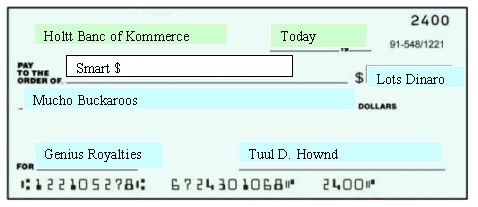Just wondering...
In Annex-D example D4(b)...Multifamily Dwelling Optional Method
(Problem, including solution, copied in attached Word.doc, with range-related part colored red and located near top of file)
In this 'Optional' Method problem, for an 'Electric range' load, the book's solution surprisingly provides for using a Part III (aka 'Standard' method) Table 220.55 demand factor (Part III of Article 220).
But the 'Optional' method is distinct and separately sectioned off(from the 'Standard' Method) --in Part IV Section 220.84. And the Optional method of 220.84, in subsection 220.84(C)(3)(b), provides that an electric range will have its load provided for at 'nameplate rating'.
So I am left wondering....
which is it...
use 80% demand factor for the electric range, as does the book's solution (the book's always right ?????)
OR
lose sleep wondering why the book solution uses demand factor from Part III 'Stanard' method when by contrast the applicable Part IV 'Optional' method sez...use the range' 'nameplate rating' ???
Thanks, ToolHound
In Annex-D example D4(b)...Multifamily Dwelling Optional Method
(Problem, including solution, copied in attached Word.doc, with range-related part colored red and located near top of file)
In this 'Optional' Method problem, for an 'Electric range' load, the book's solution surprisingly provides for using a Part III (aka 'Standard' method) Table 220.55 demand factor (Part III of Article 220).
But the 'Optional' method is distinct and separately sectioned off(from the 'Standard' Method) --in Part IV Section 220.84. And the Optional method of 220.84, in subsection 220.84(C)(3)(b), provides that an electric range will have its load provided for at 'nameplate rating'.
So I am left wondering....
which is it...
use 80% demand factor for the electric range, as does the book's solution (the book's always right ?????)
OR
lose sleep wondering why the book solution uses demand factor from Part III 'Stanard' method when by contrast the applicable Part IV 'Optional' method sez...use the range' 'nameplate rating' ???
Thanks, ToolHound


